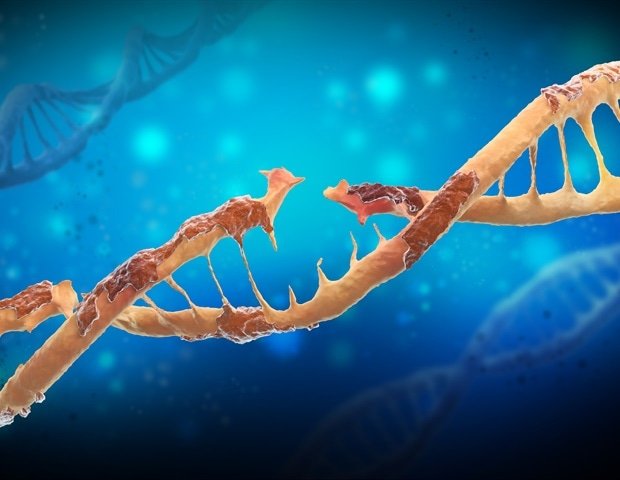Regular aerobic exercise later in life prevents genomic instability characterized by DNA damage and telomere dysfunction, according to a study from the University of Utah Department of Internal Medicine. The researchers will present their work this week at the American Physiology Summit, the flagship annual meeting of the American Physiological Society (APS), in Long Beach, California.
These new findings will greatly impact our understanding of the mechanisms of how aerobic exercise improves vascular health at the level of genomic stability.”
Jisok Lim, PhD
Exercise at the end of their lives was considered ineffective. However, existing studies show that aerobic exercise later in life reduces the risk of cardiovascular disease-related mortality. However, the specific factors contributing to this effect are not fully understood.
Researchers examined whether regular exercise with aging can prevent DNA damage and telomere dysfunction. Telomeres are protective caps at the end of chromosomes. In this study, exercise was shown to be especially helpful in cells that come into direct contact with the blood flow (endothelial cells). The benefits of aerobic exercise are particularly felt in aortic regions that are less prone to atherosclerosis due to favorable blood flow patterns.
During the four-month study, 15 male mice were given access to a voluntary wheel. Mice were divided into high, moderate, and low running groups based on their consistent running distances. Aortic tissues exposed to different blood flow patterns were collected to assess DNA damage and telomere function. The findings suggest that increased levels of exercise later in life have a beneficial effect on DNA damage and telomere dysfunction.
There are many factors that contribute to arterial aging. The driving factor among them is DNA damage. While more study is needed in this area, physiologists hope these findings lay the groundwork for improving human health in the future. “By revealing the diverse responses of aortic regions experiencing different blood flow patterns and different cell types to aerobic exercise, this research will provide a solid ground for a detailed and tailored approach to cardiovascular health interventions,” said Jisok Lim, PhD , postdoctoral fellow. at the University of Utah and lead author of the study.
